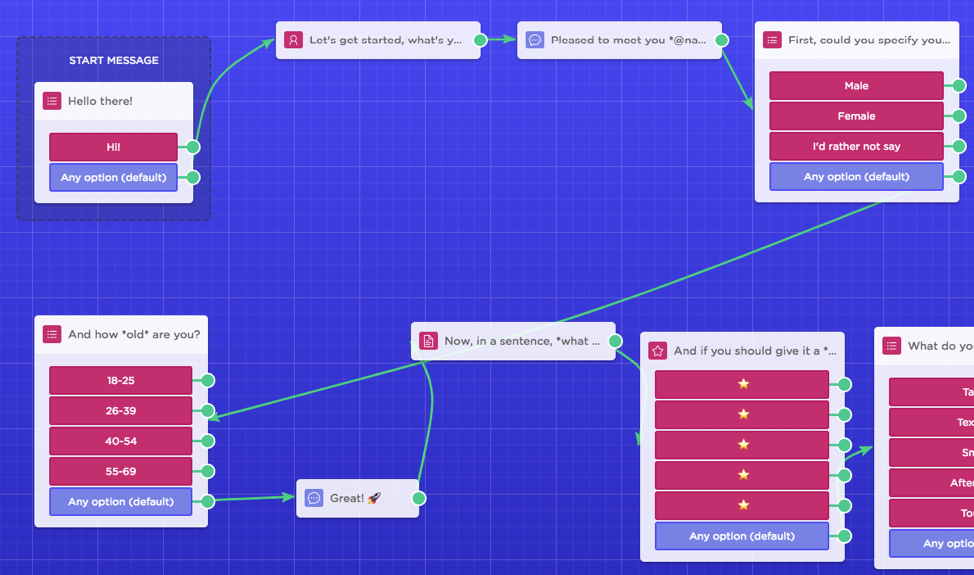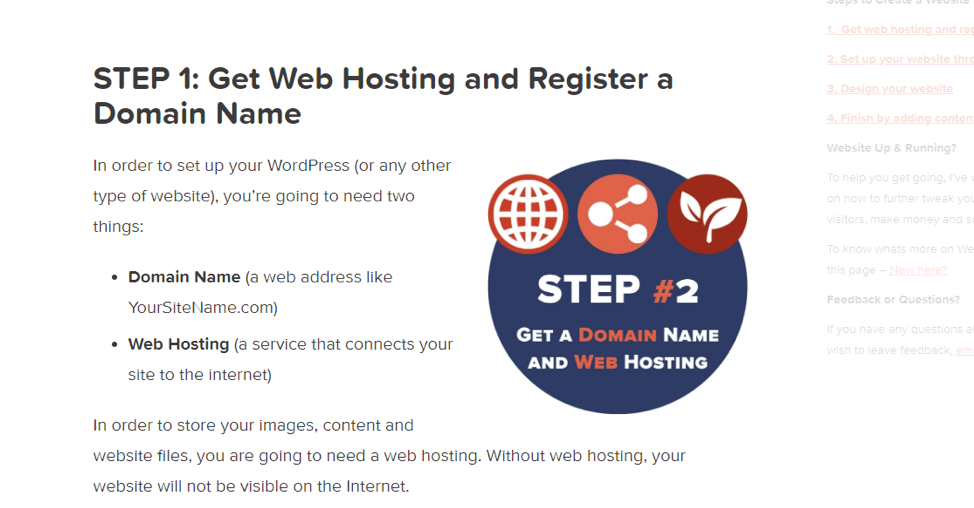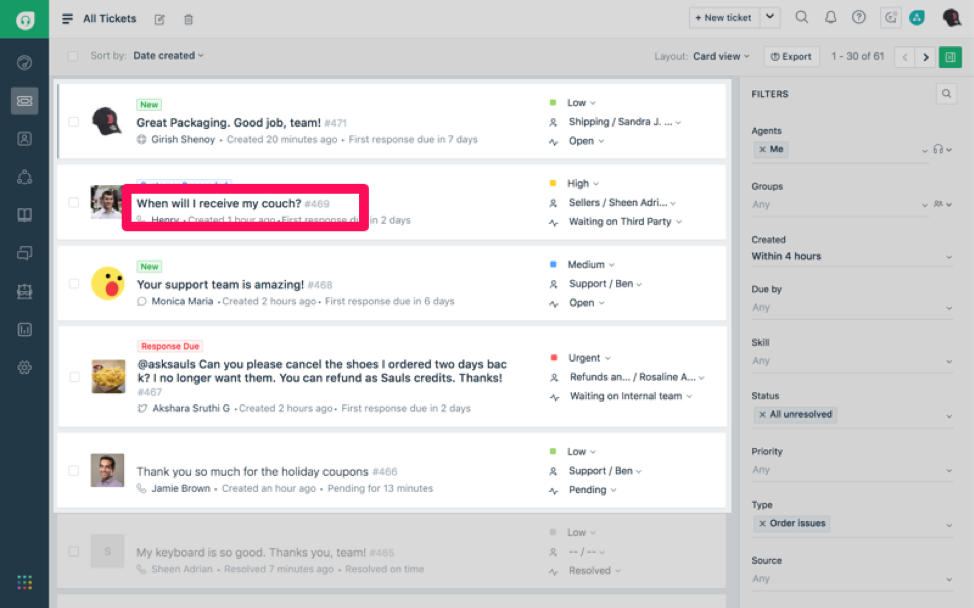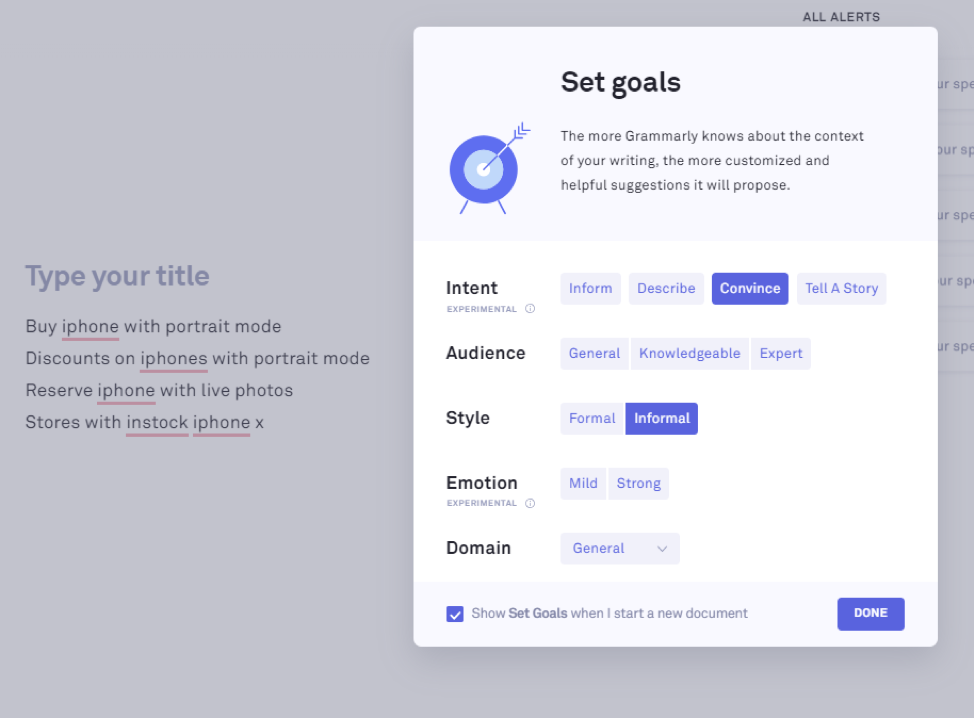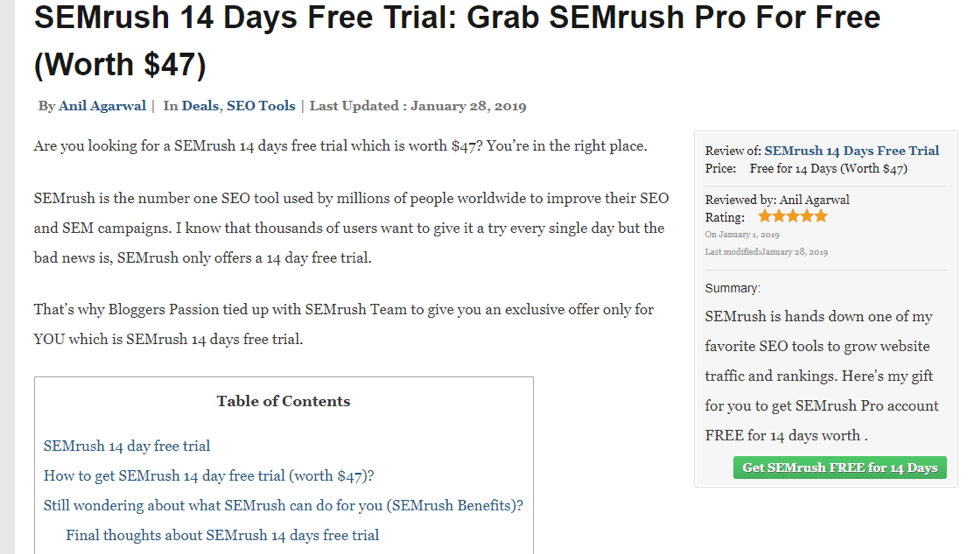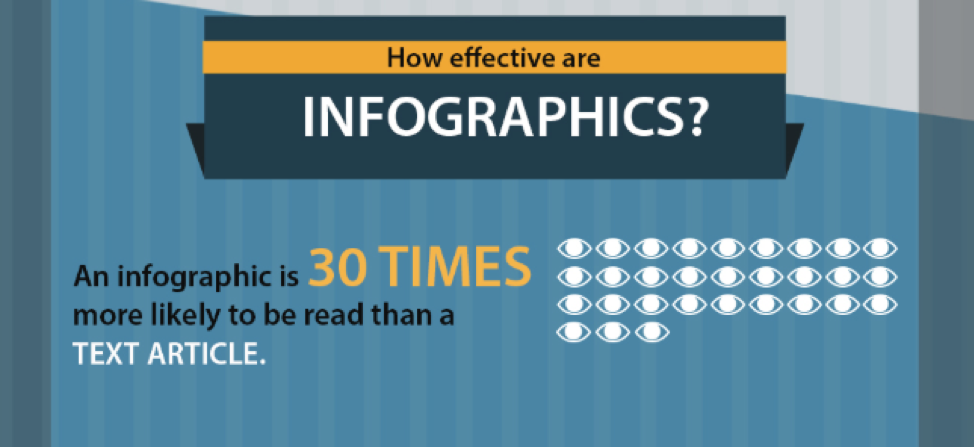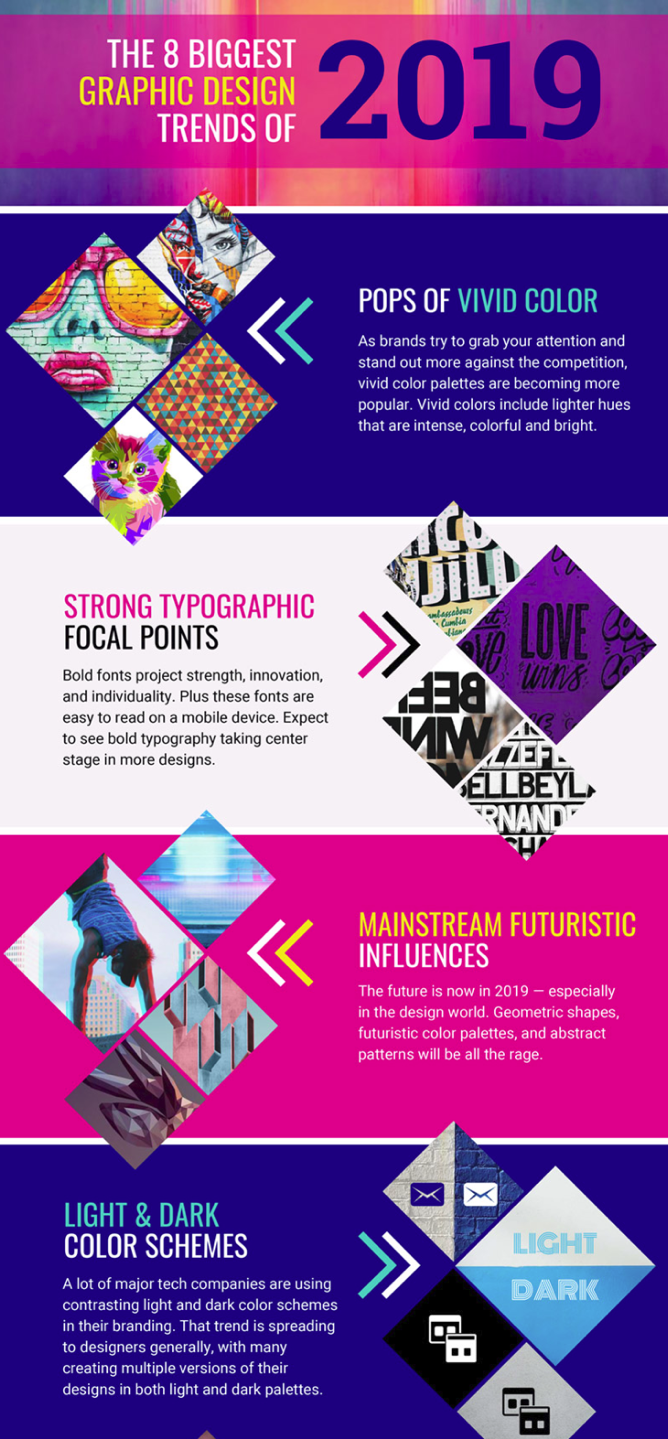Nearly 43% of all e-commerce traffic is organic, while just 26% of traffic comes from ads
"We don't need SEO. We use Adwords. It works better for us."
I’ve heard this phrase countless times over in the e-commerce space, but it couldn’t be further from the truth.
Nearly 43% of all e-commerce traffic is organic, while just 26% of traffic comes from ads. If you are focusing on PPC over SEO, you are missing out on a massive chunk of traffic.
Plus, as sites at the top of Google get 36.4% of search traffic, your e-commerce SEO strategy needs to be top notch.
Download our Individual Member Resource – Successful SEO guide
Our comprehensive guide to Search Engine Optimisation best practices isn't just for SEOs, the clear explanations mean that it can be used by marketers to ask the right questions to boost their SEO.
Access the Successful SEO guide
So, why do your e-commerce SEO efforts keep failing?
It could be because you are focused on consumers looking for information rather than those with intent to actually purchase or convert.
Enter intent-based SEO, which focuses on keywords that indicate a user's intent to purchase.
What does intent-based SEO look like in practice? How can you make it work for your site?
This post will give you a step-by-step guide for building an intent-based SEO strategy designed to drive sales, not just traffic.
Implement chatbots for easy wins
One of the very first steps to building an intent-based SEO strategy is collecting feedback to understand the problems your customers face. Understanding what your customers want allows you to focus your SEO efforts on areas that really matter.
How do you find this data?
Well, you could create a survey using a tool like Google Forms. However, the response rates on surveys are notoriously low. A small sample size isn't going to give you the range of data needed.
Luckily, there is a much more effective way to get this info: chatbots.
A recent study found while only 35% of people were willing to complete a web-based survey, nearly 76% were more than happy to answer questions when presented via a chatbot.
More answers = better data to guide your SEO strategy.
Also, chatbot tools let you build a complex question/answer framework so you can ask in-depth questions based on responses:
For example, if you ask what industry someone is in, you can then ask marketers different questions than salespeople.
Why does this matter? Because different types of customers have different issues and have different intents.
The detailed information from your chatbot can then be used to build content initiatives and integrated into your SEO strategies.
For example, you could use this information to:
- Develop your blog content strategy
- Add content to your FAQ sections
- Broaden your long-tail key term strategy
- Update meta descriptions
Let's look at a real-world example. Say you sell hosting packages for websites.
Words like "buy hosting" or "cheap hosting" show intent to purchase, but they are also extremely competitive terms in organic SERPs.
So, how do you capture that traffic without actually ranking directly for those terms?
By looking at your chatbot data for common queries, questions, or roadblocks.
For instance, in doing so, you can learn where most of your customers get stuck on how to build a website, which still shows intent to purchase a host down the line.
So, while you aren’t directly ranking for hosting terms just yet, you are capturing traffic that would eventually search for it.
Robert Mening did this on his site by developing an incredibly detailed guide on how to build a website, including, as you can see, getting a host.
The takeaway
Use chatbots to uncover problems your customers face. Be sure to focus on questions that show intent, even if that means taking a step back in the process.
Find your customer's true FAQs
There is a good chance you already have an FAQ section on your e-commerce site. It is one of the most effective ways to target longtail key terms and target Google's answer box.
But are you doing it right?
WhatsApp has an in-depth FAQ section worth emulating. Notice how they include questions users are searching, such as "How do I use WhatsApp on my computer," as well as more general phrases like "Adding contacts."

Instead of guessing what your customer's most asked questions are, you need to get strategic.
What do your customers really want to know?
What are their burning questions?
What pain points are they hitting over and over again?
Take a look at your customer support software.
Customer support software helps brands track user requests, answer questions and better deal with other customer-support related questions.
If you aren't using customer support software already, the time is now. It’s one of the best business ideas your e-commerce brand can implement in 2019.
It can also help increase your team's performance and improve brand loyalty, so it is about more than just answering questions, it is about improving your customer support overall. According to PandaDoc, coupling your customer support software with CRM and sales tools can save you 12 hours of time per week and increase your average sale price by 18%.
Customer support software is also a treasure trove of information about where your customers are struggling.
The takeaway
Use questions asked in your customer support software to develop intent-based FAQ sections and resources.
Get ready for voice search
Voice search is already here. If you aren't including voice search in your SEO strategy, you are already behind.
On average, one billion voice searches are performed each month. By 2020, nearly half of all searches will be performed by voice.
But, there is an issue. A lot of voice searches are informational queries."Google, find me baked chicken recipes?" "Alexa, tell me a joke." Those questions don't help most e-commerce sites sell products.
So, how do you optimize for voice search and intent-based SEO?
Well, as it turns out, a lot of people are shopping through voice search, too.
By 2020, voice-based shopping is on target to become a 40 billion dollar industry in the US and the UK alone.
How do you get a piece of that $40 billion pie? Focus on using natural language and base content on questions, not phrases spit out by an SEO tool.
Marketers have a terrible habit of using buzzwords and falling into marketing speak. The problem is users don't search in marketing-speak. They search the way they speak.
Say, for example, you are trying to target the new iPhone XR. Your instinct might be to talk about iPhone XR features. Sure, those are important. But is that a phrase most searchers would ask Siri? Most likely not.
A quick Google search suggests several more conversational options:
So, instead of "iPhone portrait mode" consider "how to use iPhone portrait mode" or "when to use iPhone's portrait mode."
Now, take those phrases and focus on intent. For example:
- Buy iPhone with portrait mode
- Discounts on iPhones with portrait mode
- Reserve iPhone with live photos
- Stores with in-stock iPhone XR
Using a tool like Grammarly, you can make sure your phrases focus on intent:
This isn't a perfect solution (unfortunately there is no "Intent to buy" option, sadly) but it can help ensure you are using that conversational tone.
The takeaway
Use conversational intent-focused phrases to capture the voice search market and further improve your SEO strategy.
Target transactional search queries, too
Some key terms are apparent: "buy X product," "best deals on X." You already know how important it is to target these types of key terms.
But don't forget about transactional key terms. These show a desire to complete a task related to conversion.
For example, "buy an iPhone XR" obviously shows intent to purchase. But don't forget phrases such as "coupon for iPhone XR" or "preorder iPhone XR." These are transactional but still show an intent to purchase.
A few other examples of transactional:
- Sign up
- Free trial
- Demo
- Apply
- Buy
- Coupons
- Clearance
- Deals
- Discount
- Download
- For sale
- Order
- Purchase
- Reserve
- Schedule appointment
- Shipping
- Free shipping
Pair these transactional words with your core key terms and bam - you've got a whole new list of key terms to focus your SEO efforts on.
Here is an example of transactional key term usage from Bloggers Passion. They targeted the key term "SEMrush free trial."
The content is actually a full review, but they didn't optimize for "SEMrush review."
Why? Because "SEMrush review" is an informational key term that is highly competitive, while "SEMrush free trial" shows intent.
Takeaway
Intent SEO is more than just focusing on words like "buy" or "purchase." Don't forget about transactional key terms.
Don't forget about video content
When we talk about content, too often it gets translated to written content.
But what about video content?
According to BlueCorona, U.S. adults spend nearly six hours of their day watching video content.
But building video content based on intent can be challenging. No one is going to watch a video about buying an iPhone, right?
That struggle is one that e-commerce store Snowboard Addiction knows well. When they were founded in 2007, their content mostly focused on posting videos of them doing cool snowboarding tricks.
That got them views, but the traffic didn't convert. It wasn’t tied enough to their actual products.
Why? Because they weren't actually using the content to promote products. Not everyone who watches a snowboarder do a sick trick wants to buy a snowboard.
The truth is, traffic alone is not enough. You also need intent to drive conversions.
So, what did Snowboard Addictions do? They changed their video strategy to focus on tutorial and training videos, which opened a line to conversions. Here is an example of one of their tutorials, which promotes their membership site.
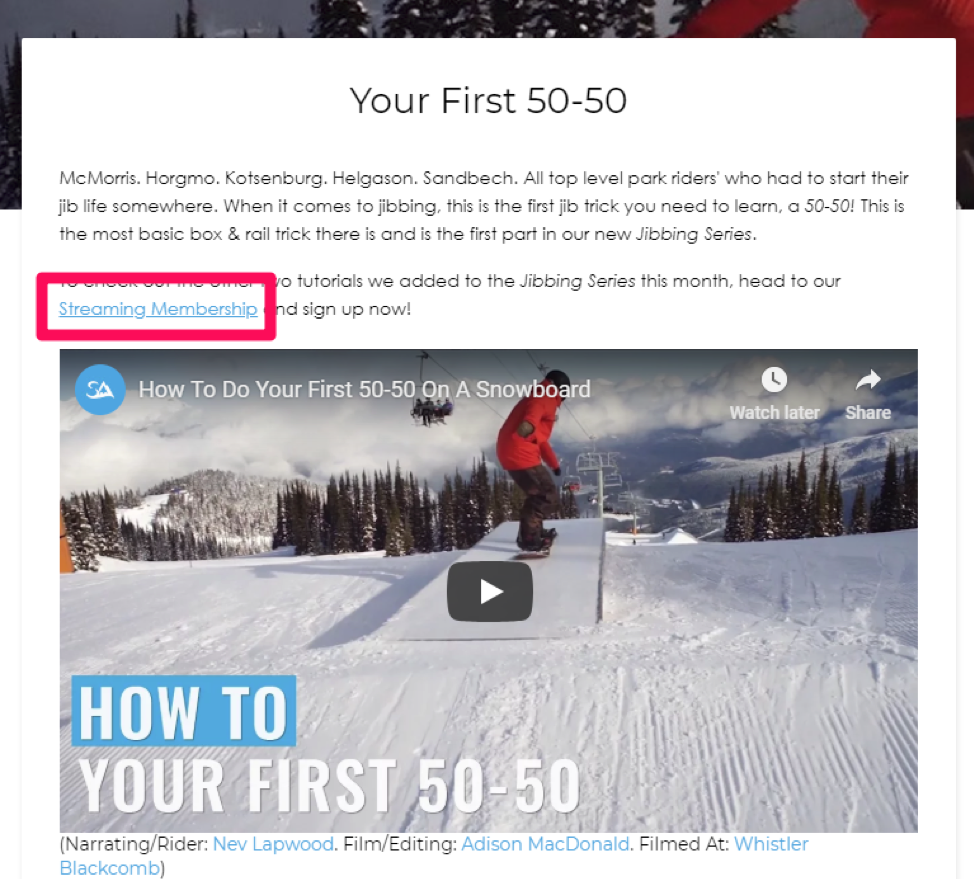
The results? Over a million dollars in sales.
Takeaway
Add video content in your strategy and produce content that directly relates to your customers. Keep them entertained with different formats including tutorials, product videos, and even podcast platforms. E-commerce company Snow Addiction used this strategy to successfully build a million dollar business.
It‘s all about those infographics
Infographics are incredibly effective, and they don't have to take you hours to create. Infographics are shared three times more on social media than any other content type.
They are also 30 times more likely to be read, according to Hubspot.
People search for infographics, too. Look at this Google Trends report, which details the rise in searches for infographics over the past few years.
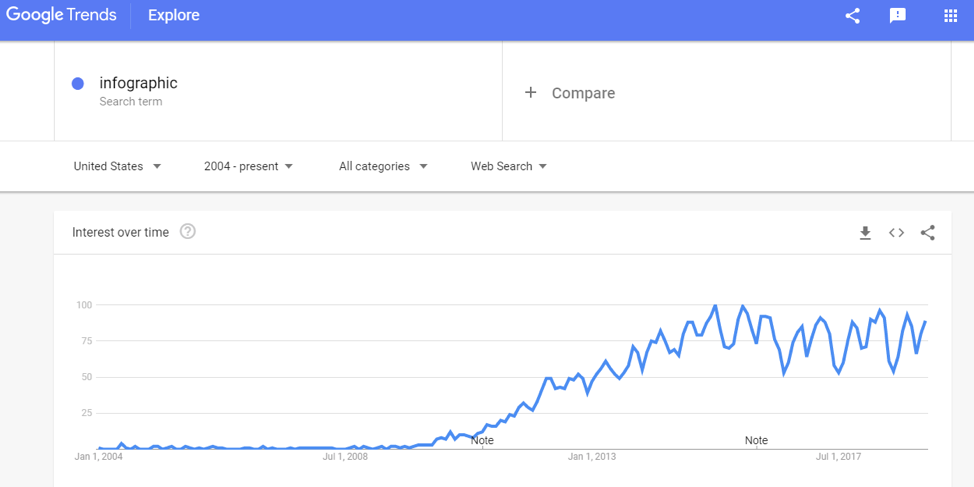
As an example, take a look at this Venngage infographic. It received more than 5,100 shares to become one of the most popular pieces of content on their blog.
The infographic is simple, by design standards. There are bold colors, unique fonts and geometric shapes. All, appropriately, trends mentioned in their infographic.
Side note: Notice the video content at the top of the post.
But, wait. Where's the intent? Well, that is where this infographic is particularly clever.
Venngage is an infographic design company. At the bottom, they include a link to create an infographic with the same template. "Love this infographic? You can create one just as good!" is implied, but not stated.
Clever, and by the looks of it, very effective.
The takeaway
Don't forget to add infographics to your SEO optimization strategy. They are one of the most shared types of content on the internet.
Conclusion
The truth is, the difference between transactional, informational, and intent-based key terms aren't as cut and dry as it seems on the surface.
The path to an intent-based SEO strategy requires putting yourself in your customer's shoes.
What do they want?
What do they need?
Where are the pain points they keep hitting?
How can you guide them to convert without being pushy?
An intent-based SEO strategy should incorporate the needs of your customers with the most effective SEO trends, including chatbots, voice search, infographics, and video.
Ready to build an SEO strategy for your e-commerce brand and start driving laser-targeted traffic your way? Which approach will you try first?
Adam Enfroy is a content marketing consultant and manages partnerships for BigCommerce. With 10+ years of digital marketing experience, he's passionate about leveraging the right software, content, and strategic partnerships to scale digital growth. Adam lives in Austin, TX and writes about how to make money online on his blog.
You can connect with him on Twitter and LinkedIn.




